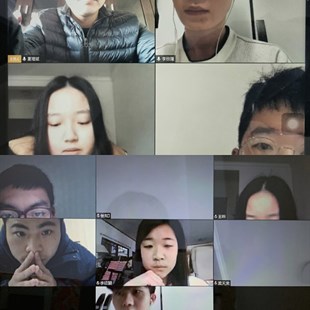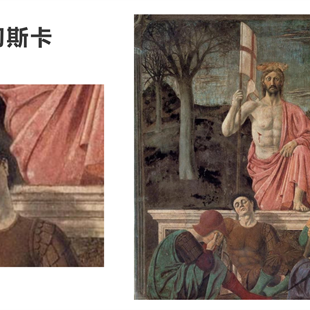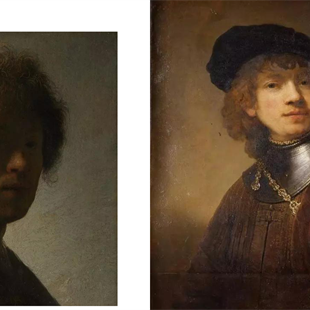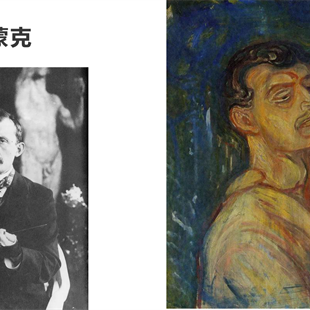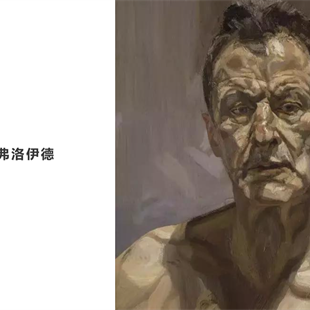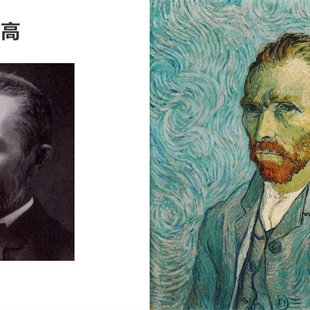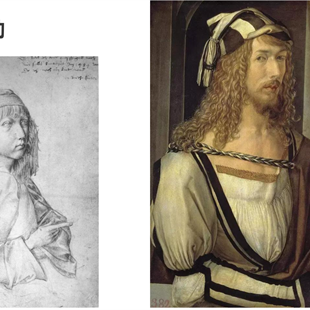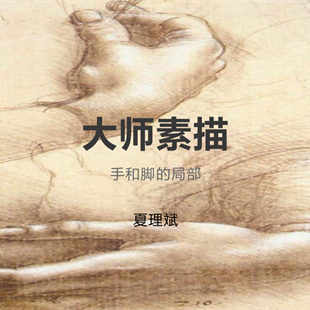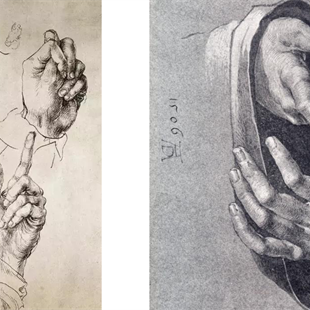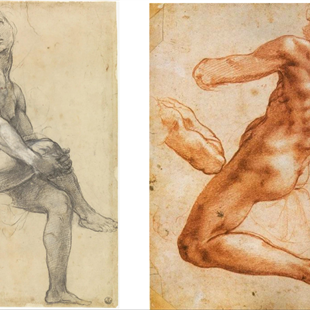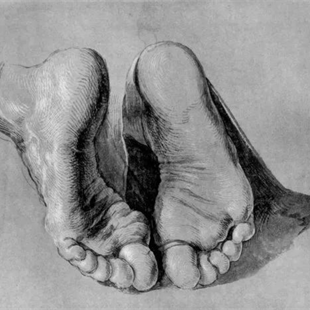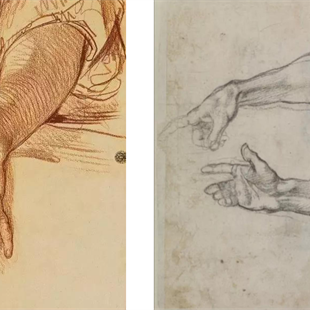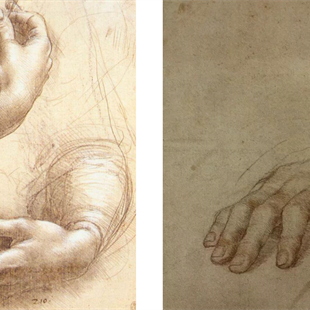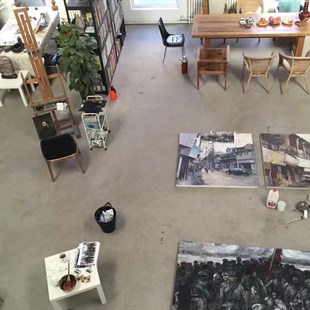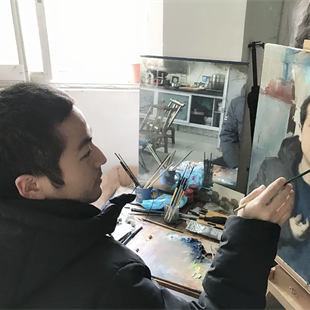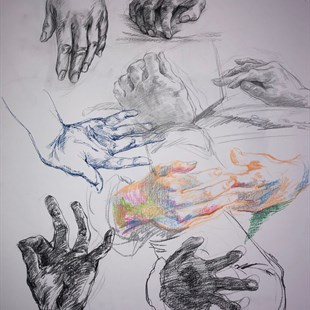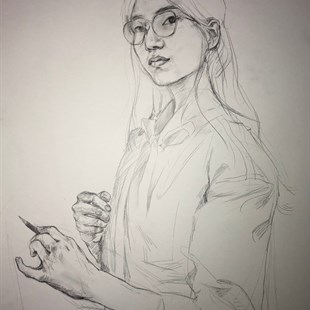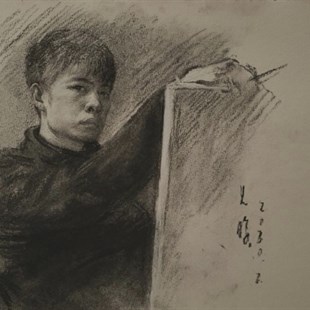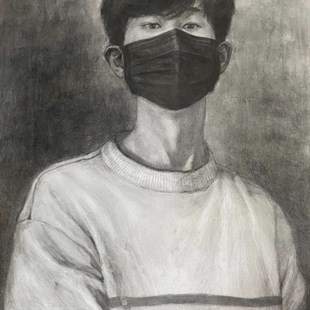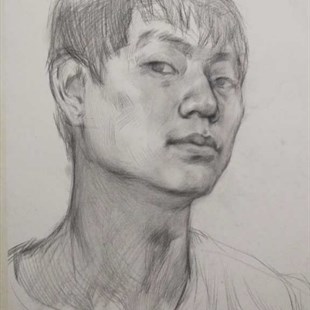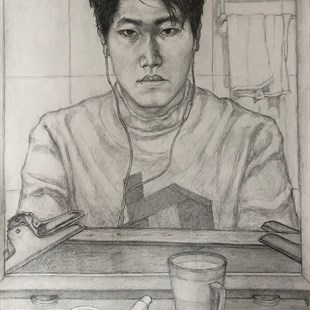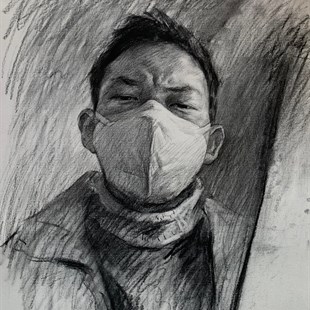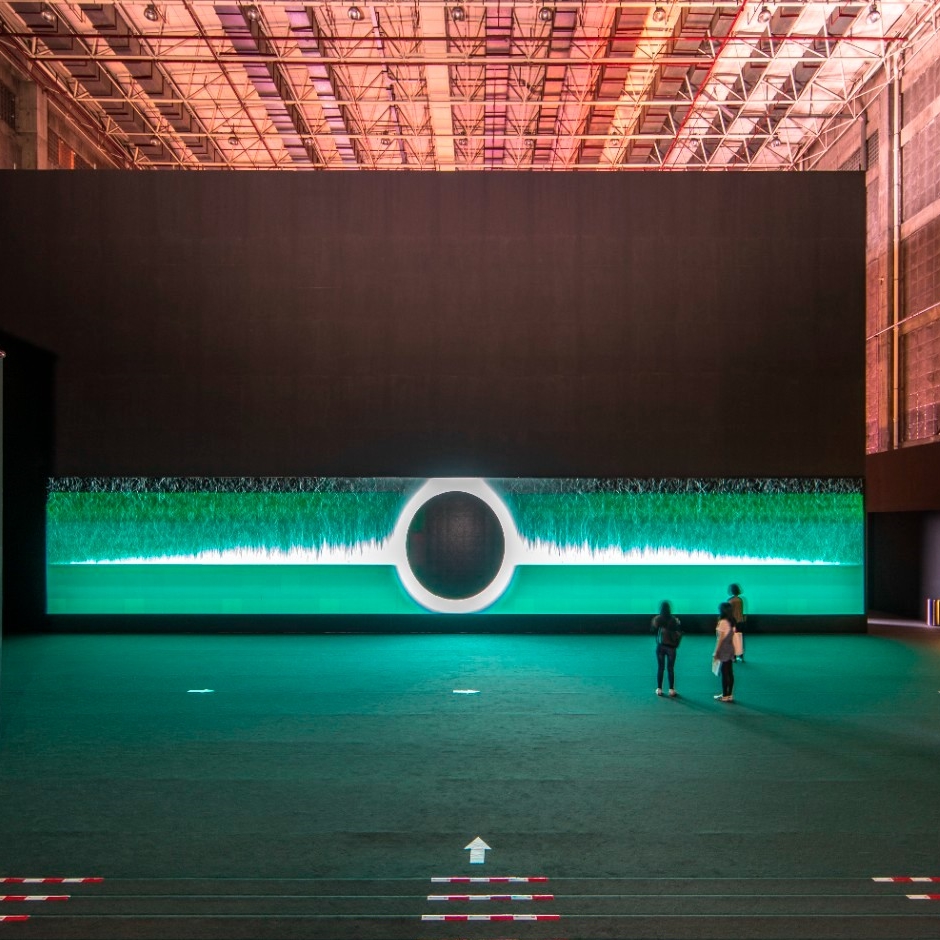
Editor’s note:
The pandemic aroused by COVID-19 has changed the modes of production, transportation and life style of the whole of society, which also directly affects the teaching methods between teachers and students in schools. Recently, many colleges and universities have started “online classes” across the country.
When we watch the realistic online teaching classes, the significance behind them is undoubtedly rich: will online teaching bring new opportunities or challenges to art education? How should an art academy conduct online classes? How should art courses that emphasize technical training and face-to-face communications adapt to this new situation? What impact will it have on the traditional education model?
Therefore, CAFA ART INFO will successively launch a series of “online classes” to showcase the state of various teachers and students, to analyze the educational value of online classes plus open a broader discussion.
In this session, we introduced the Sketching Class by Associated Professor Xia Libin and sophomore and junior students from the Studio One of the Oil Painting Department at CAFA. It attracts people’s curiosity to observe how the traditional face-to-face sketch course can adjust itself to the era of online teaching. How should tutors teach students via the Internet? How should students learn online? Let’s observe them together!
The Script of the Online Class
According to the content of the interview with Xia Libin
As a basic course, sketching requires a process of repeated practice and an accumulation of practice. In this process, students could gain the improvement of their ability and the cognition of establishing the modeling system, so that they can freely use the modeling language to express their feelings in creative practice.
In traditional teaching, tutors will respectively introduce teaching missions, goals and solutions to various questions in different stages by adjusting models, prior to self-practicing the lectures, the process is self-practicing, demonstrating examples and reviewing students’ works. Meanwhile, students will ask tutors for help and develop discussions when they meet challenges during the practice. In summary, such an integration of teaching and learning is a process of asking questions, solving questions, researching and accumulating.
However, in the traditional classroom, the face-to-face emotional interaction, the capture of subtle emotions in the process of students’ homework and the mutual observation and learning atmosphere among students during the practicing process are currently not available in online teaching.
What the internet brings to people is the integration of space and time. Online teaching seems to bring a certain number of teachers and students onto a platform that contains an incredible amount of knowledge to share and exchange. The online teaching brings students' specific learning on the vertical and horizontal knowledge structure to provide more possibilities and produces a collision and exchange of various modes of thinking. The above two points are the advantages that the traditional offline class does not have. Should the implementation of the "anti-pandemic online teaching" bring an effective experience into the future traditional class to enrich the content and form of traditional teaching?
Online teaching cannot be as intuitive as traditional offline teaching in the classroom as this leads to an understanding of the progress of students’ homework. These continuously superimposed processes also accumulate a picture of the students’ work. It is also valuable for painting practice. Sometimes the picture may change due to subtle variations in these processes.
During the preparatory stage of online teaching, the directors Hu Jiancheng and Lin Xiaochu, as well as several other teachers in Studio One, provided me with specific suggestions, ranging from the adjustment of teaching content and the students’ homework size. The size should not only be beneficial to the picture effect but also convenient for students to take back to school later. Teachers in the studio have experimented with online teaching platforms several times to ensure that they are suitable for online teaching. In addition, tutors connect with each student separately through video-calls, if there are concerns about student health conditions, introducing online teaching, learning about student conditions in material preparation and urging them to pay attention to the protective aspect of self-isolation. The details, such as ‘do not return to school without the notification from school,’ were also mentioned. The family atmosphere within the studio brings warmth and confidence to students during the pandemic prevention period.
The Brief Introduction of the Online Class
In the training of self-portrait sketches, students will experience the characteristics of their own images through the observation of their familiar and unfamiliar self-images. The class guides students to make full use of the modeling language of shape and structure to capture and express themselves in their own eyes and minds. Through partial sketching of hands and feet, students can deeply grasp the structure and modeling characteristics of the parts of hands and feet. Thus, adequate preparations of the hands and feet offer a partial depiction of the portrait and they are able to realise the sketching of the human body. Through such a process of practice, the class gradually trains students to build their own aesthetic systems and sensitive points.
Methods and Requirements
1. The combination of online collective lectures (Tencent Meeting) and individual tutorials (WeChat Video);
2. Classwork: complete both “Self-Portrait Sketching” and “Partial Sketching of Hands and Feet” with a size of 520 x 368 mm;
3. Homework: 10 sketches of family members or yourself, with any size;
4. Materials: sketch paper with a size of 520 x 368 mm, other sketch papers with any size, and related painting tools.
The development of the internet is changing people’s lifestyles. Online teaching has been practiced in many professions and fields and has realised decent results. This online teaching course has been prepared from the fourth day of the first month of the lunar New Year. Model sketching in traditional classrooms cannot be realised in online teaching. In order to achieve the teaching goals and give full play to the unique advantages of online teaching, the framework of "online teaching during pandemic prevention" began to be conceived at the beginning of the Chinese New Year. The special subjects “Self-Portrait Sketching” and “Partial Sketching of Hands and Feet” were set within the framework. Teachers in the traditional class are always cherishing the precious time of sketching of models for their students.
During the online teaching period, students concentrated. The course also introduced the lecture entitled “Self-portraits of Masters in Art History,” which sorted out masters’ self-portrait works from the early Renaissance to contemporary. The lecture also analyzed how masters in different eras used the language of paint to express their specific states at the time and the mutual relationships between modelling characteristics in different eras. Many self-portraits of masters during the outbreak of the plague in history were also introduced.
In addition, the lecture “Masters’ Sketching—Partial Sketches of Hands and Feet” researched the sketches of hands and feet by masters from Michelangelo to Ingres, which provides students with imitation templates during their sketching practice. It helps students to systematically research and understand the structure and expression rules of hands and feet. By doing so, the practice of bust portraiture with hands and the deep depiction of hands in body sketching can be gradually conducted. Besides, the relative concentrated study time and the quiet environment are advantages of online studying. Through combining such features with the teaching goal and content, tutors listed several targeted reference books for extra-curricular reading. Thus, the course guides students to learn about the context and inheritance relationships of masters’ works from the perspective of art history and encouraged them to think about the current study and the path of art practice. With these efforts, tutors expect students would step forward to be research-based/scholar type artists.
Text and Photo Courtesy of Xia Libin and his students, edited by Zhang Yizhi
Translated by Emily Weimeng Zhou
Edited by Sue



